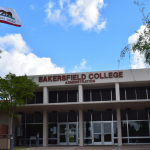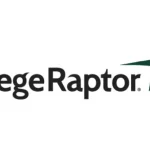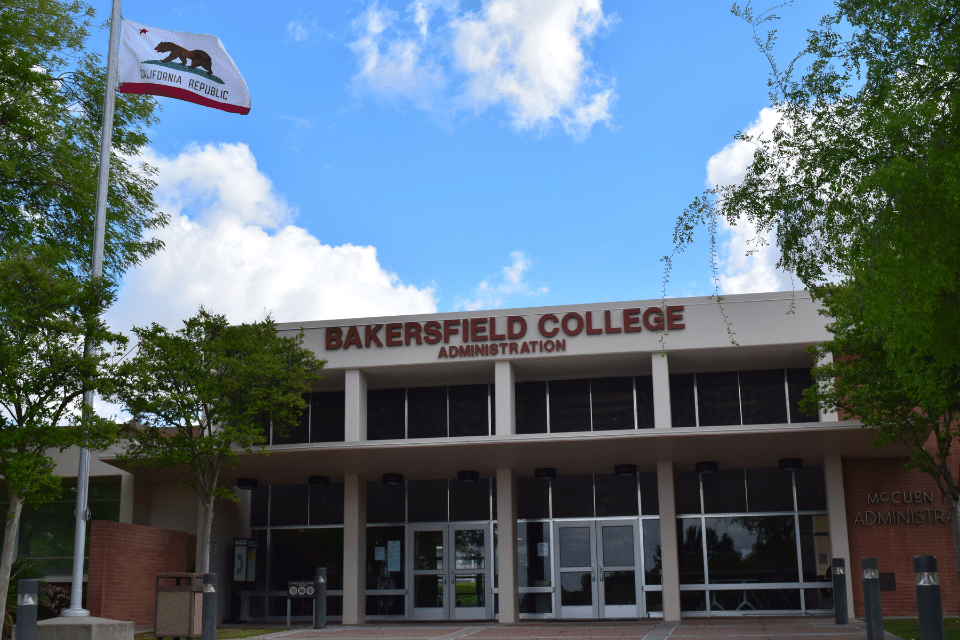Executive Summary
- For Bakersfield College, a community college in California, the COVID-19 pandemic reiterated the need for better communication with students, especially when it came to matters of tuition and funding.
- Text messages have a 98 percent open rate — compared to only 20 percent for email. Ocelot’s AI-powered text messaging campaigns are a more successful way of communicating with students about outstanding balances or available financial aid funding.
- Ocelot’s integration capabilities make it easy to access an institution’s data and work alongside other programs to maximize the impact of communications, creating more effective campaigns.
The biggest barrier to higher education is undoubtedly the cost of attendance. And for students who can’t get enough financial aid or don’t qualify for loans, that can mean unpaid bills and outstanding balances that prevent them from finishing their education.
It’s a problem that some researchers believe has been contributing to the plummeting rates of college enrollment across the country. One study of community college districts in California found that from July 2020 to June 2021, 321,000 students owed a collective $107 million to their college campuses.
There is no easy answer to the national student debt crisis, but too often, errors of communication between students and their institutions have kept funding inaccessible to students in need.
For one California college, a seemingly simple solution — Ocelot’s AI-powered 2-way text messaging campaign feature — resulted in over $1 million dollars of paid debts and, more importantly, students back in seats.
The Solution: Ocelot’s AI-Powered 2-way Text Messaging Campaigns
For Bakersfield College, the primary motivation was knocking down financial barriers so that the college could focus on student success and retention.
And more often than not, retention depends on students having resources to secure financial aid and understanding the next steps so they can stay on top of financial assistance deadlines.
Ocelot’s two-way text messaging feature helped make that happen.
Text campaigns are great for sending general alerts out to all students, but they can do a lot more than that: Bakersfield’s campaigns have significantly reduced the number of students who owed money to the college and helped them get access to financial aid.
The feature was “right off the bat, tremendously successful,” said Daniel Hall, Director of Student Success Technology at Bakersfield College.
The campaigns proved effective beyond just financial aid matters: targeted campaigns improved enrollment and helped students meet deadlines. Since its implementation in May 2021, Bakersfield has initiated over 800 unique text campaigns and sent over 75,000 texts.
Helping Students Pay Bills and Overdue Balances
When Bakersfield became eligible for millions of dollars in funds through the CARES Act, one of the school’s first priorities was approaching students who were no longer enrolled at Bakersfield due to overdue balances on their accounts during the pandemic.
Texts were sent to nearly 6,000 students. Out of the 6,000 students contacted in the campaign, 3,100 students (over 50%!) responded and received the available funding. Bakersfield recouped $1.79M in unpaid balances as a result of this single campaign.
The campaign was likely a lot more successful than an email campaign would have been. Text messages using Ocelot’s platform have a 98 percent open rate compared to only a 20 percent open rate with email. Text messages work faster too, with 90 percent of students saying they open a text within 3 minutes.
“I think it was close to $1.79 million that we actually took off our books,” said Jennifer Achan, Bakersfield’s Executive Director of Financial Aid and Scholarships. “More importantly, it allowed those students to re-enroll in college.”
Not only did the campaigns allow Bakersfield to recuperate lost funds, it also functioned as an admissions pipeline by helping former students resume their studies.
Bakersfield College ran a similar text message campaign, but this time with its 28,000 enrolled students who would be able to access financial aid from a different pot of CARES funding.
With Ocelot’s two-way text message option, which asks the student to directly respond to the text, 40 percent took action after receiving the text, as opposed to only 6 percent who received a one-way text message.
The two-way option allows Ocelot to collect more data on the student so Bakersfield can send more personalized alerts via text in the future.
“‘Whatever is your issue, contact us and we will help you through it.’ And that’s what [Ocelot] allowed us to do,” Achan says. “It was a fantastic campaign as far as increasing our numbers and keeping us at the base of where we needed to be.”
Personalizing Student Communications
Ocelot’s text campaigns can help students stay in school by expanding access to financial tools, but keeping up with requirements and enrollments is just as important.
With the texting tool, schools can input student data on class openings, enrollment periods, graduation requirements, and more to target certain students for specific campaigns that are more personalized to their needs.
Simple, targeted text updates on a student’s degree completion status or available classes saves institutions — and students — both time and money.
Easy Integrations For The Highest Possible Impact
For marketing departments that rely on other software to help get everyday tasks done, adding new software or products might be stressful or altogether out of the question if those products are not compatible with one another.
But with Ocelot, it’s easy to work side-by-side with other products.
Bakersfield relies not only on Ocelot’s products to connect with students via text — they also use Five9 for phone campaigns, a product that Ocelot is already compatible with.
“It was easy to pull data from phone calls with Five9 and later follow up with those same students via text,” Achan said.
The ease of working with both products side-by-side allowed Bakersfield to maximize Ocelot’s impact “in a bigger-picture way, and to reach out to more students so we can reduce all the barriers.”
Ocelot continues to expand its compatibility with relevant systems like Starfish and Canvas so colleges can improve their communication with students regarding classes and enrollment.
With expanded integration, Ocelot clients will soon be able to target even more specialized groups based on the specifics they need to succeed, helping to further equity and accessibility at all higher education institutions.















